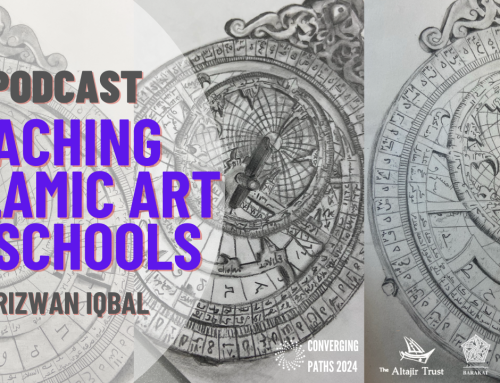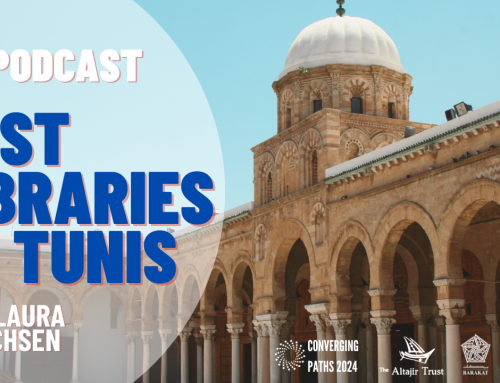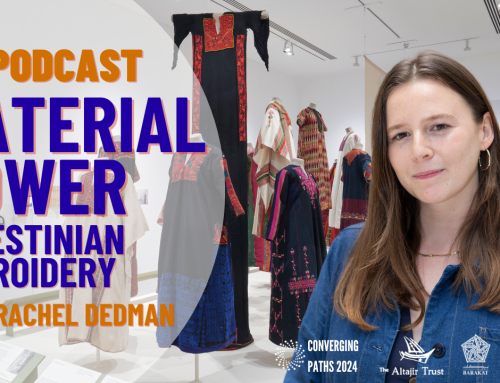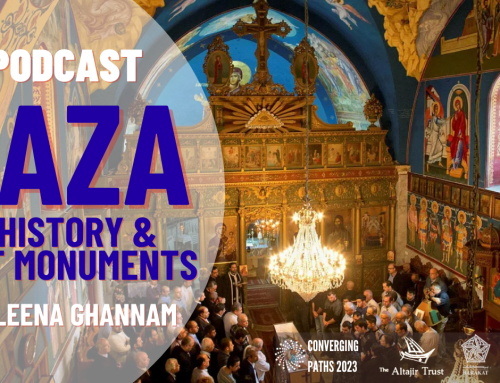This book offers a new interpretation of early Abbasid palaces as “impermanent monuments.” Synthesizing an array of sources, ranging from archaeological finds and classical Arabic literature to modern studies on the social and intellectual history of Islamic civilization, it reveals ways in which the Abbasid court designed, decorated, presented, and documented its
palaces to leave lasting legacies of imperial power with what were considered at the time to be impermanent structures. In doing so, it sheds light on an architectural concept emic to early Islamic Iraq that challenges popular notions of the monument as permanent and unchanging. Samarra and its main imperial palace, the Dār al-Khilāfa, serve as the primary case study for this phenomenon, and the book includes an inventory of some of the fragments of architectural ornament found in this palace during the excavations of Ernst Herzfeld.
The book was published by Ludwig Reichert Verlag in 2022 and is available from the publisher at https://reichert-verlag.de/de/schlagworte/islamic_art_and_architecture_schlagwort/9783954905195_impermanent_monuments_lasting_legacies_the_dar_al_khilafa_of_samarra_and_palace_building_in_early_abbasid_iraq-detail






